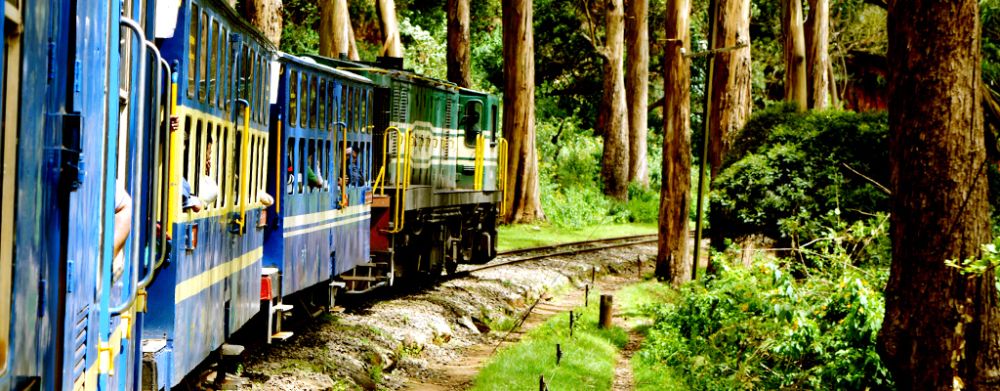

The Nilgiri Mountain Railway (NMR) in Ooty, Tamil Nadu, is not just a mode of transport, but a heritage that has carried with it numerous tales from the past. The NMR, a UNESCO World Heritage Site, is one of the last remaining steam-operated railway services in India and has been a pivotal component in the evolution of tourism in the Nilgiri Hills, also known as the Blue Mountains of India.
The history of this railway dates back to the British colonial era. The British found the Nilgiri Hills to be a perfect summer retreat, thanks to its temperate climate, and they sought a viable means to access the hill station of Ooty. The planning for the railway began in 1854, but due to the challenging terrain, it was not until 1899 that the first steam locomotive chugged its way from Mettupalayam to Coonoor. The extension to Ooty was completed in 1908, effectively linking the town to the rest of India.
Passengers on the NMR experience a stunning journey that traverses through rocky terrains, tea plantations, and forested hills, offering breathtaking views of the Nilgiris. With steep gradients and 208 curves and 16 tunnels, and 250 bridges, this mountain railway is an engineering marvel of its time.
The NMR was added to the UNESCO World Heritage list in 2005, under the Mountain Railways of India. The recognition not only solidified its importance as a historic and cultural symbol but also boosted tourism. Efforts have been made to preserve the original steam locomotives, and despite periods when diesel engines took over, steam service still operates on the line as a tribute to its heritage.
In recent years, there has been a surge in heritage and cultural tourism, with travelers seeking authentic experiences. The Nilgiri Mountain Railway caters perfectly to this trend by offering an irreplaceable journey back in time. Toy Train rides have become a must-do for tourists in Ooty, as they encapsulate the romance of the bygone era.
Eco-tourism is also on the rise, and the NMR complements this by providing a low-impact way to explore the natural beauty of the region. Additionally, in keeping with the digital age, virtual tours and augmented reality experiences have started to emerge, catering to those unable to make the journey in person.
In conclusion, the NMR not only continues to be a testament to exceptional engineering and historical significance but also stands as a timeless attraction in India's tourism landscape. Its role in promoting tourism in Ooty is irreplaceable, making it a valued treasure for both India and the world of heritage travel.